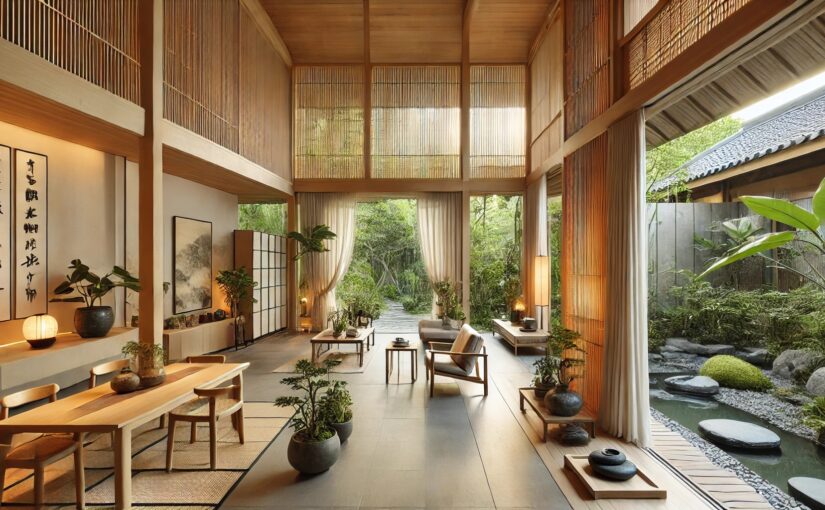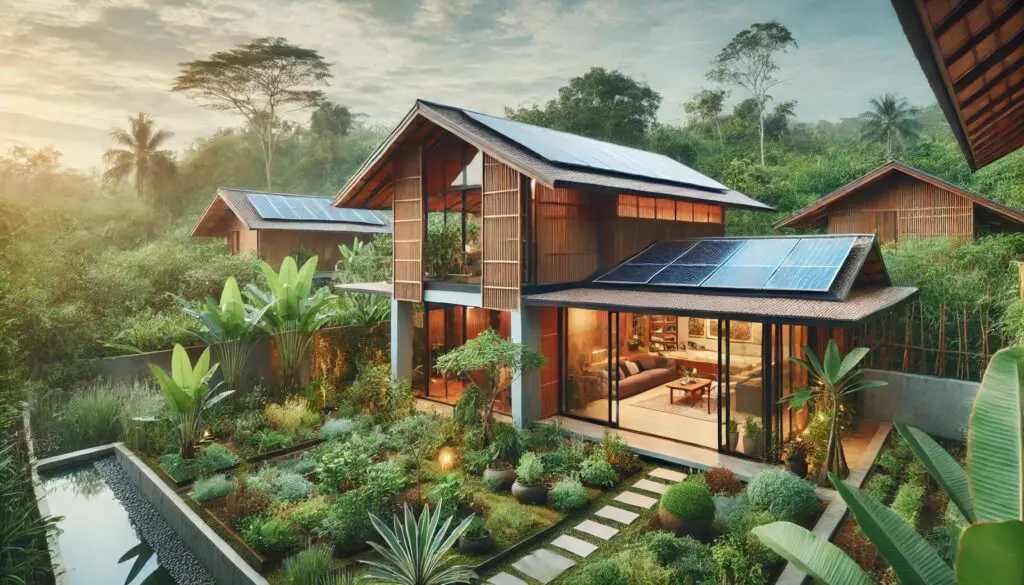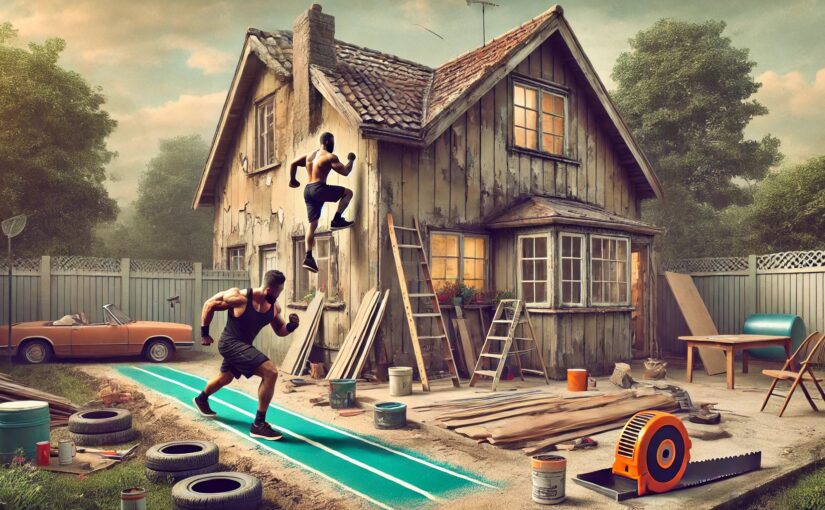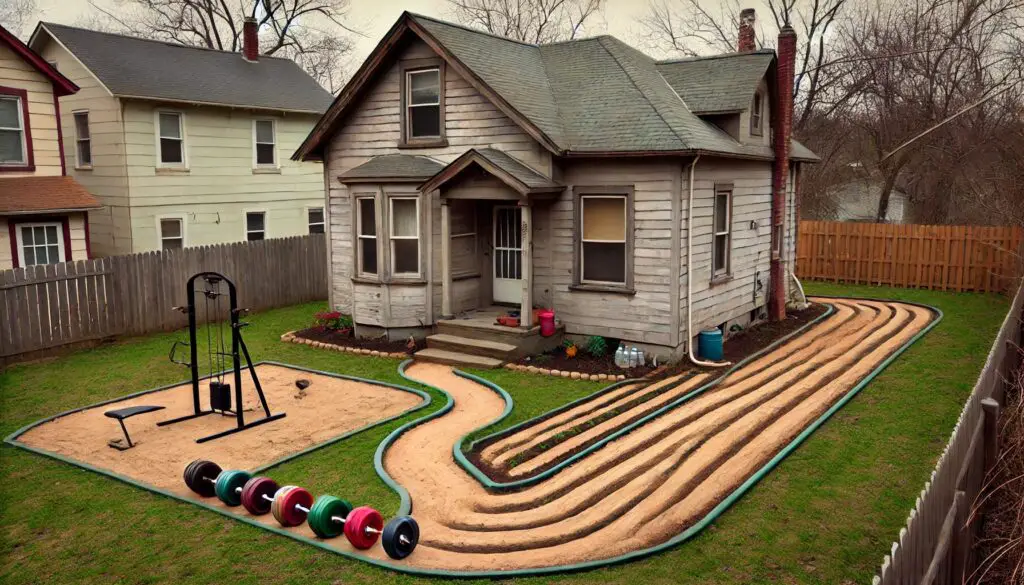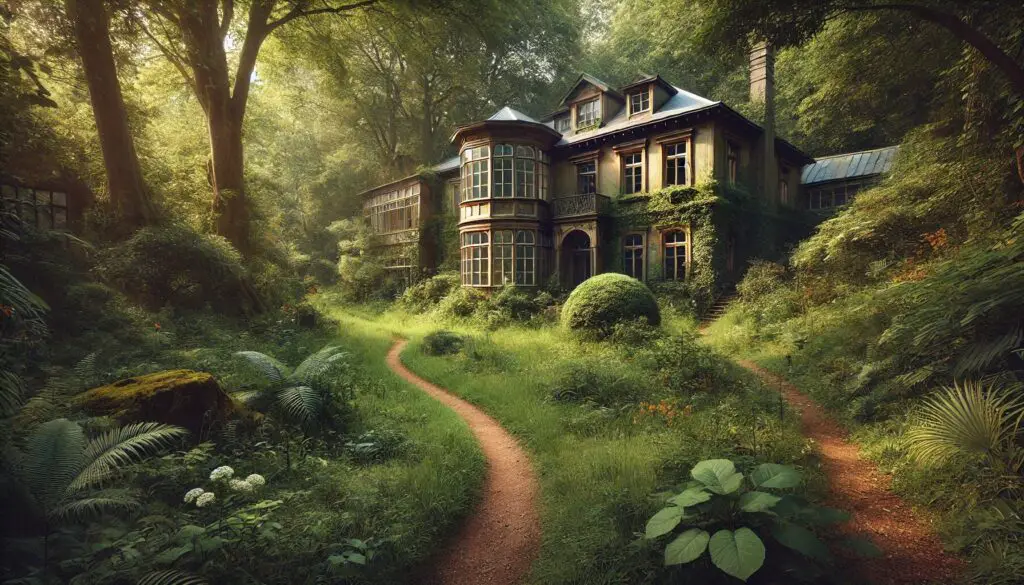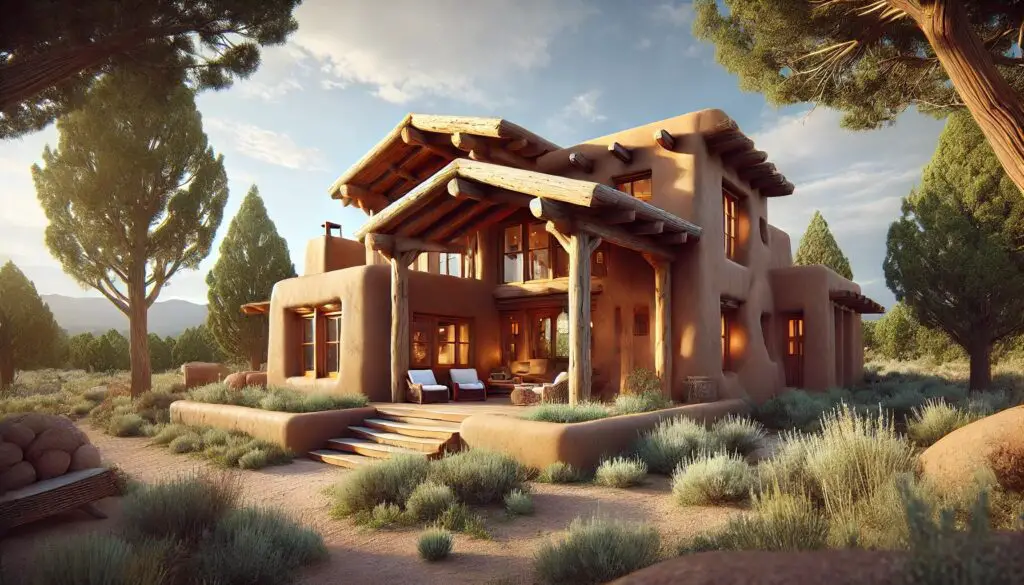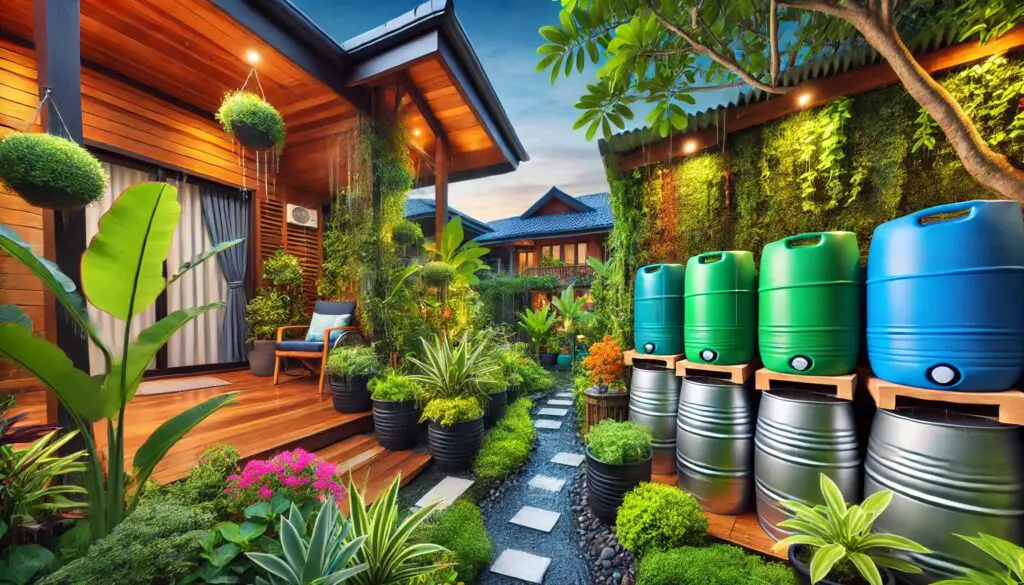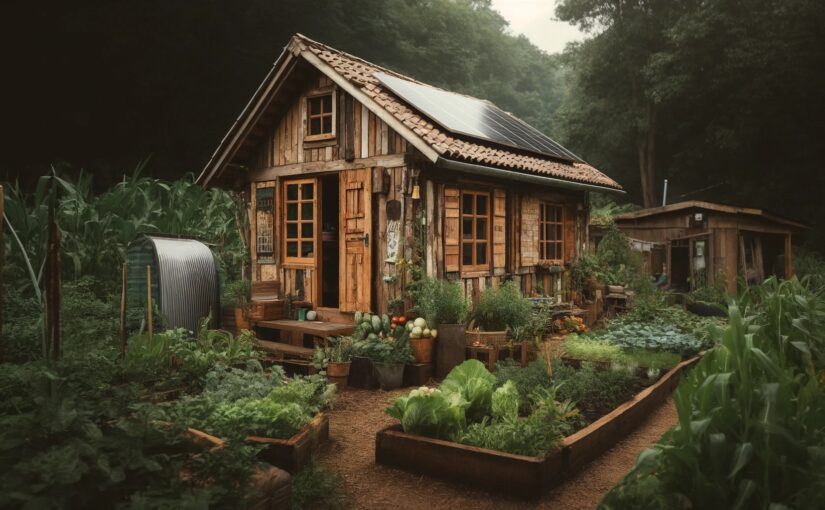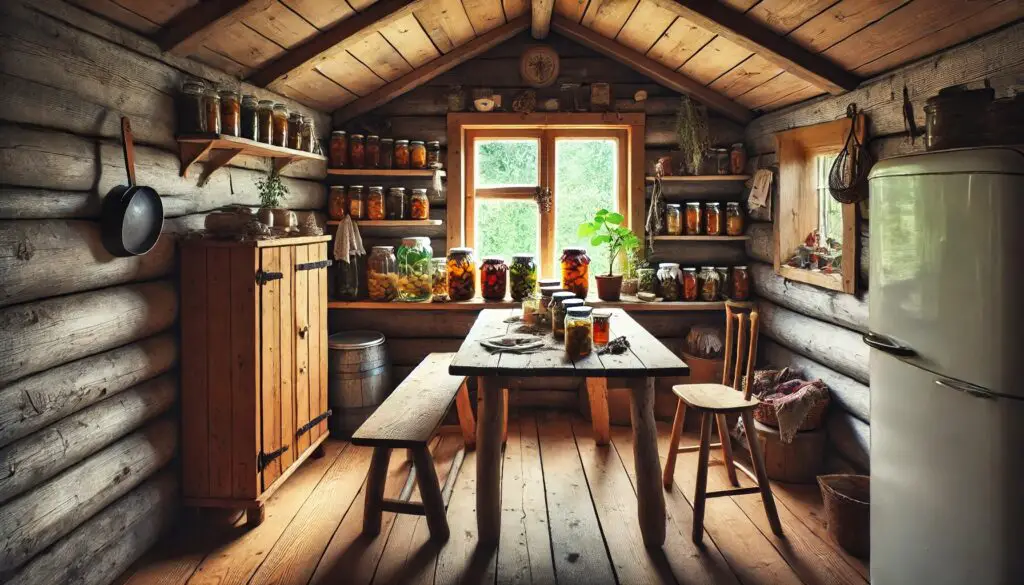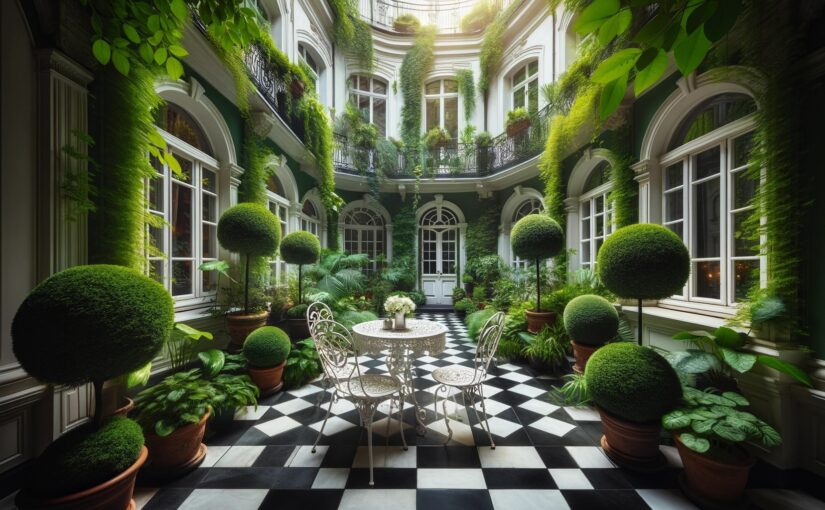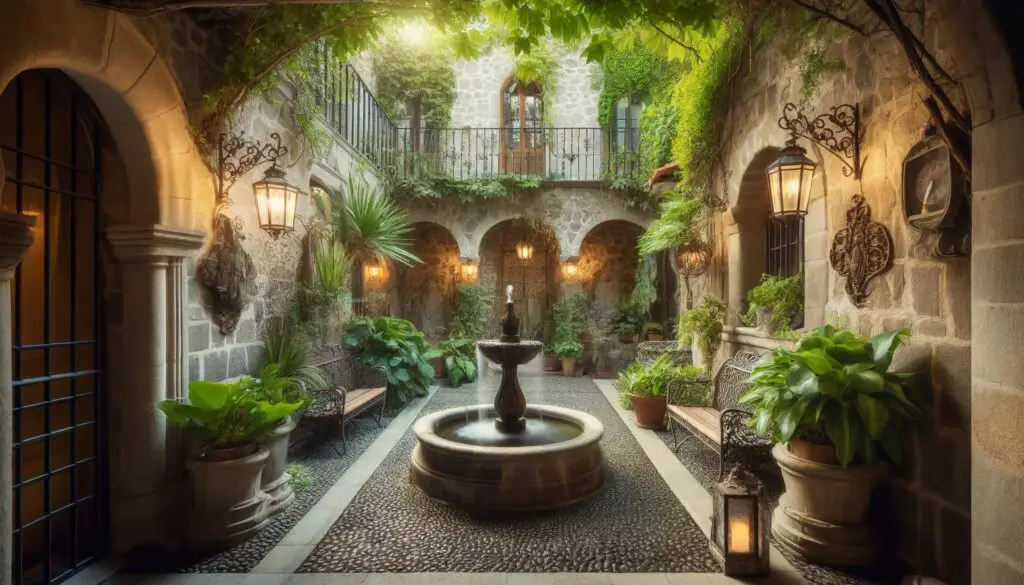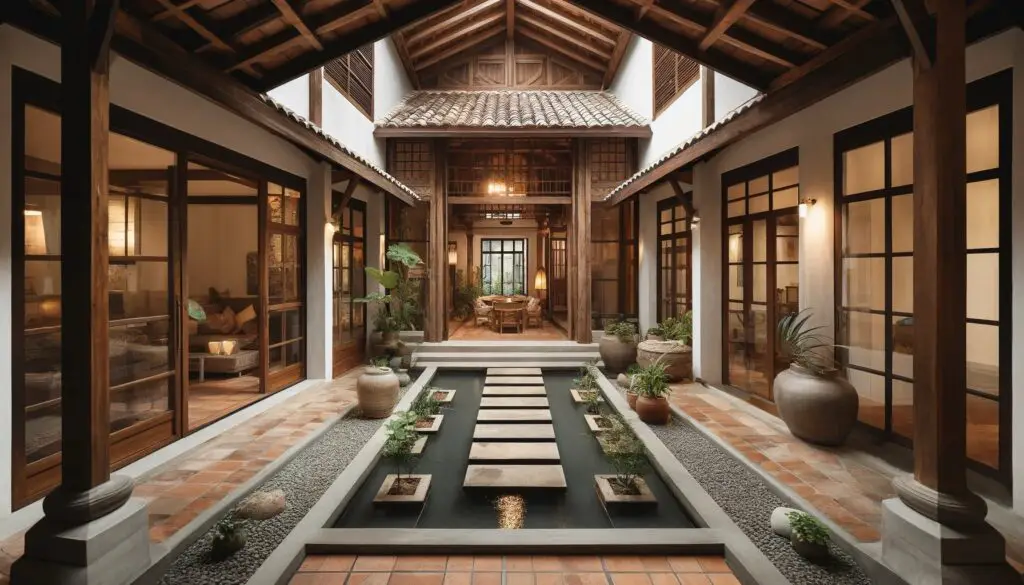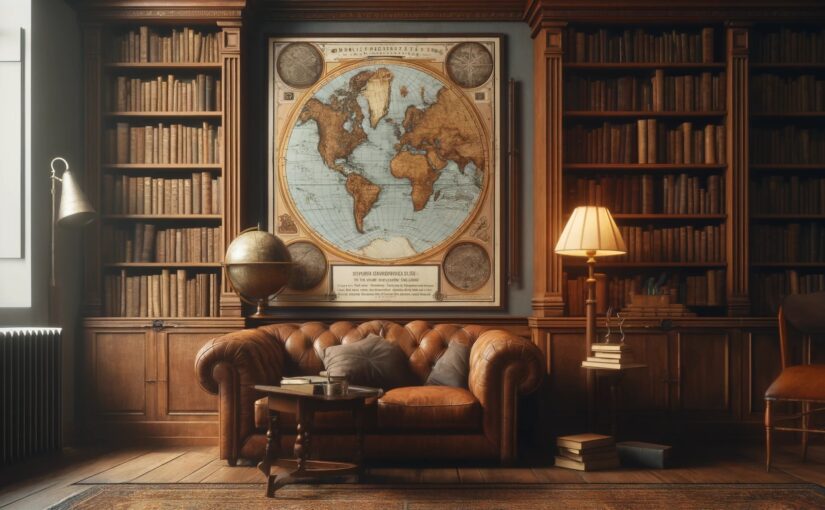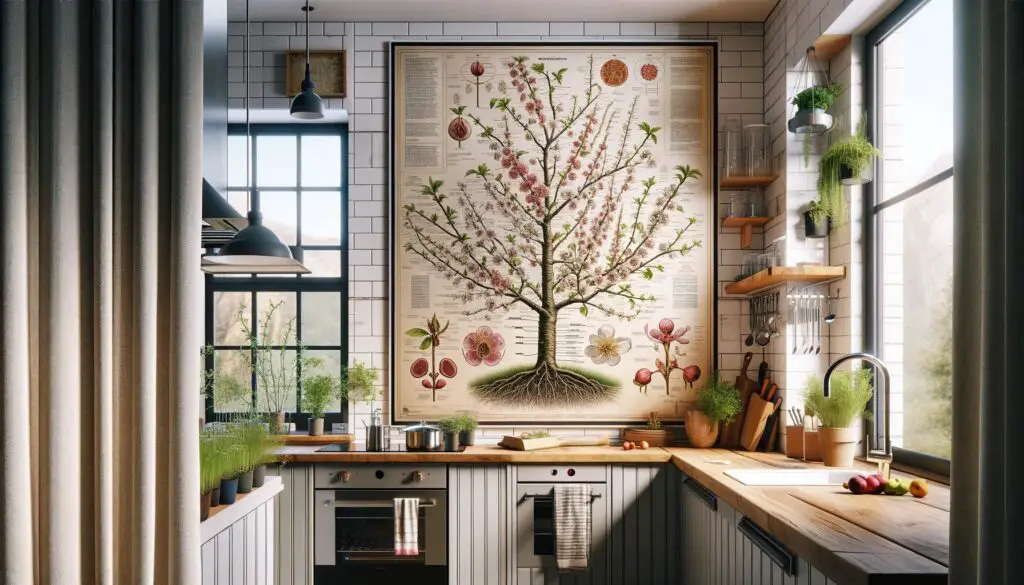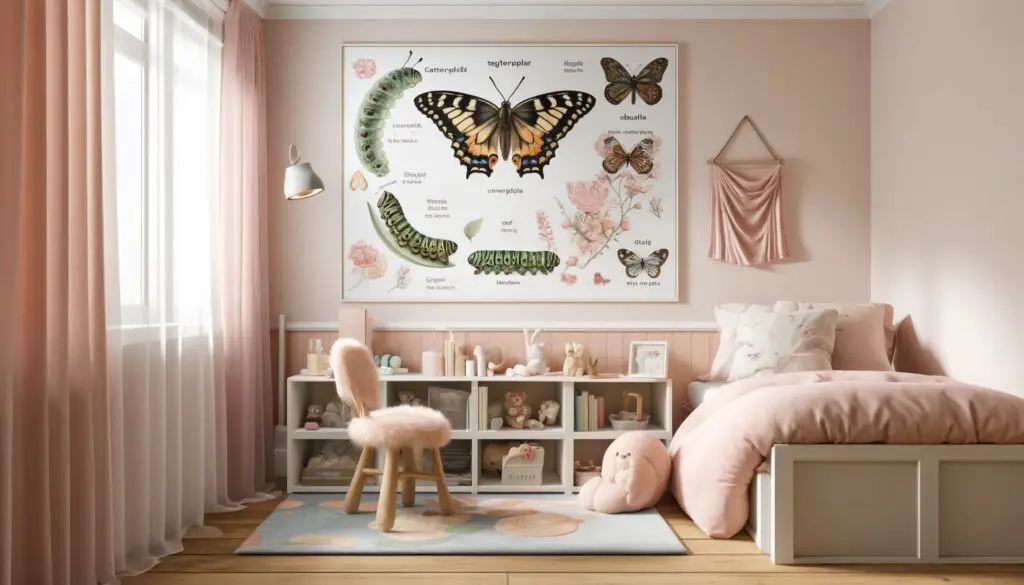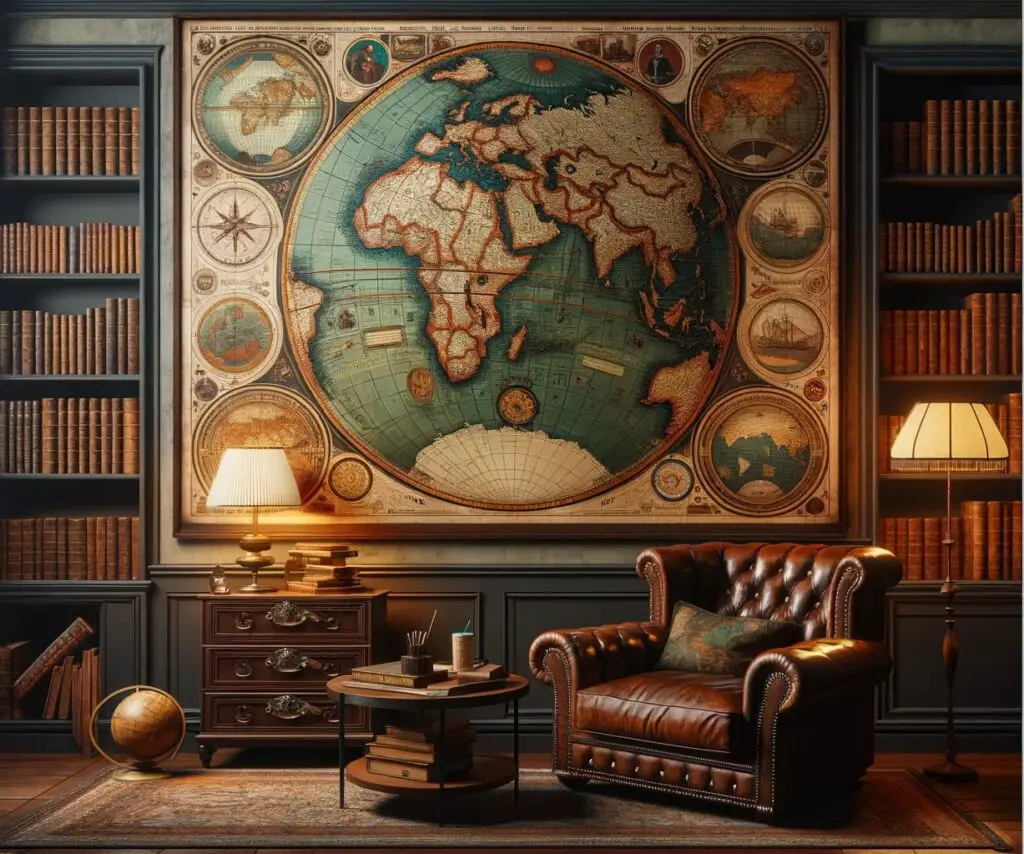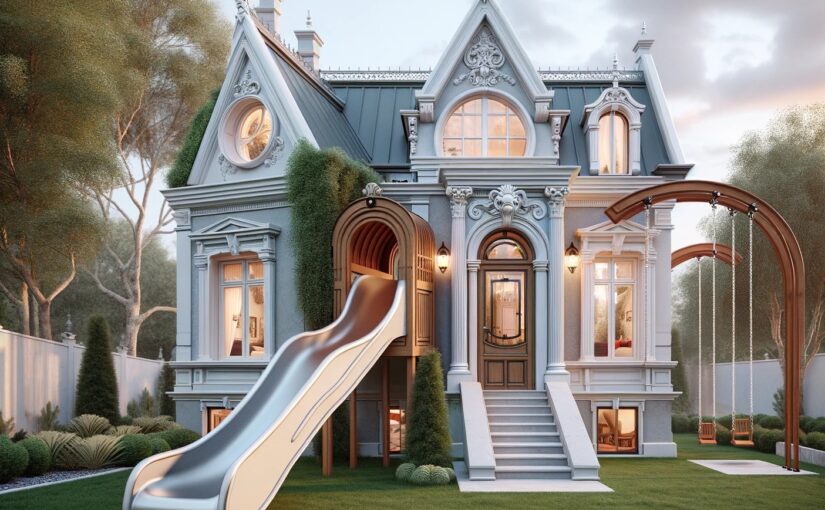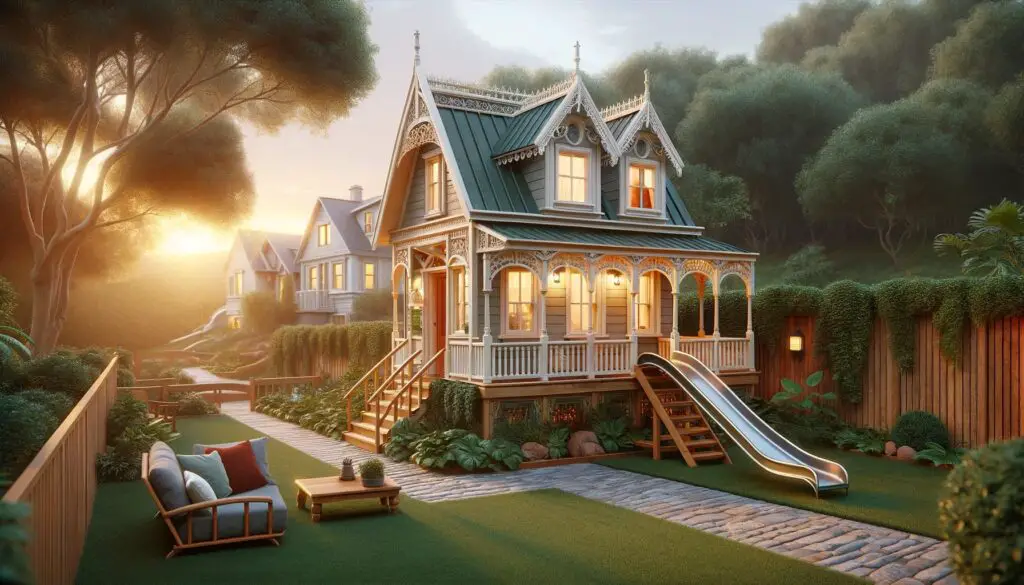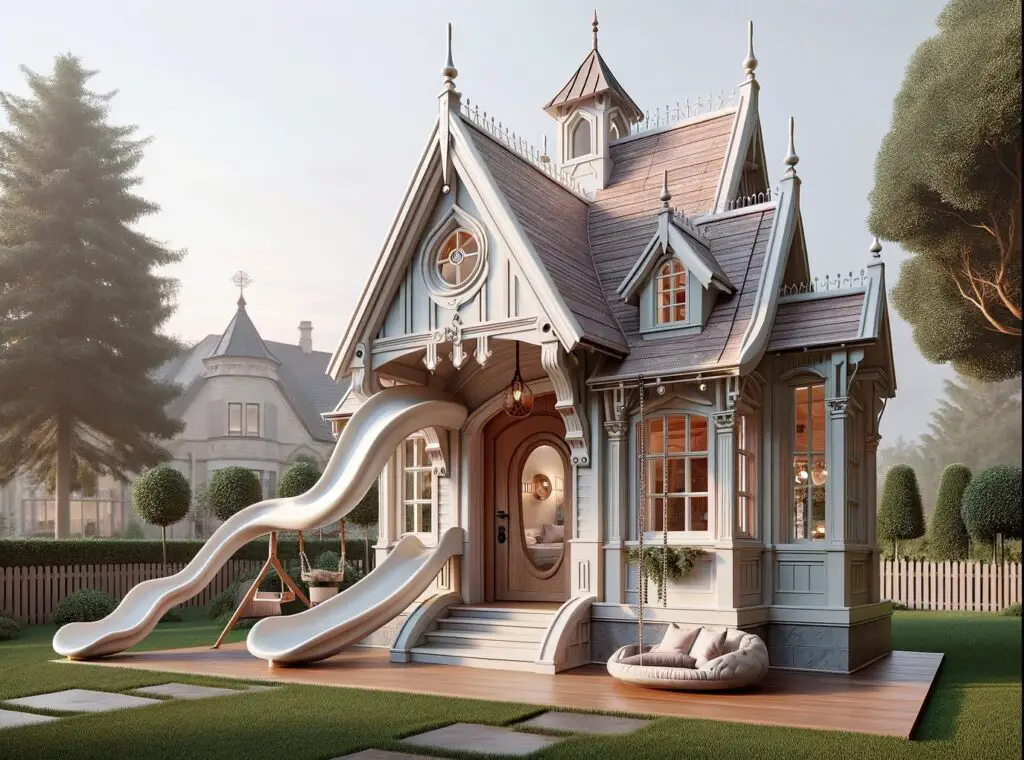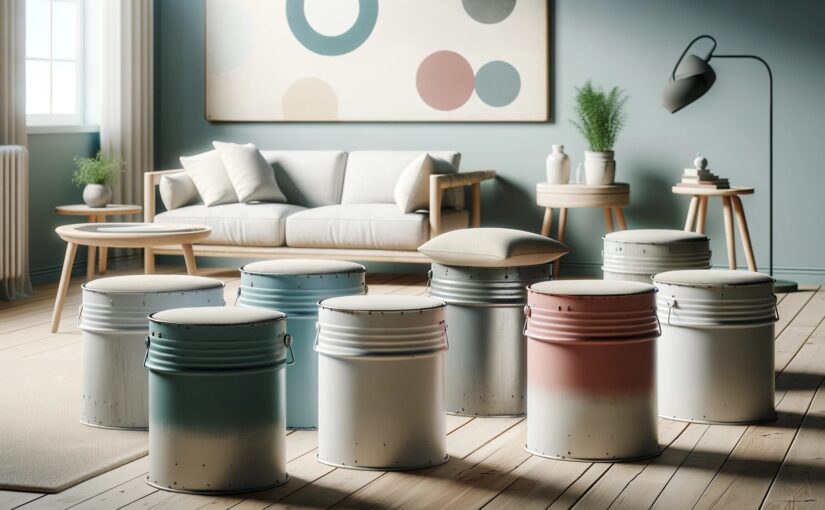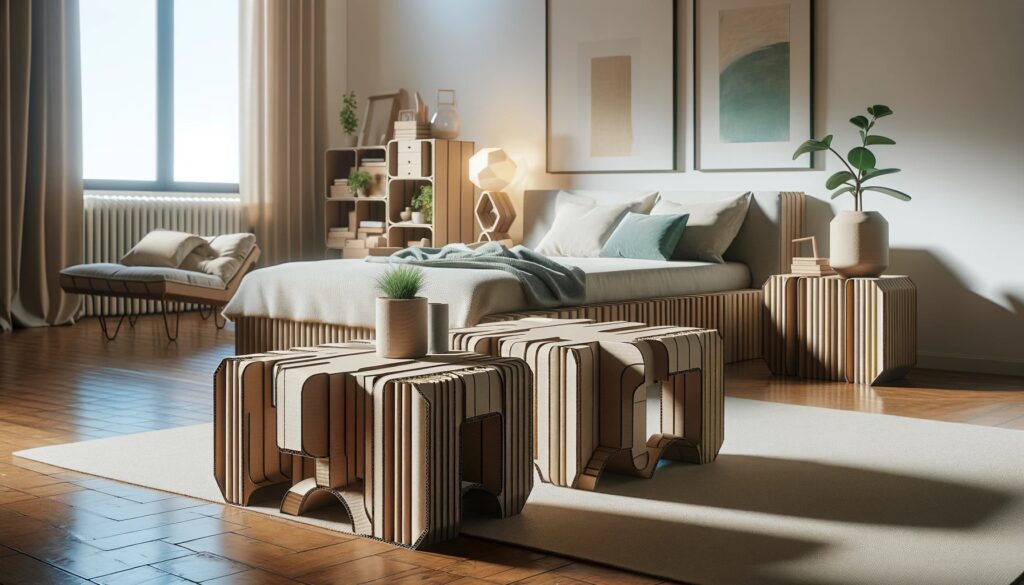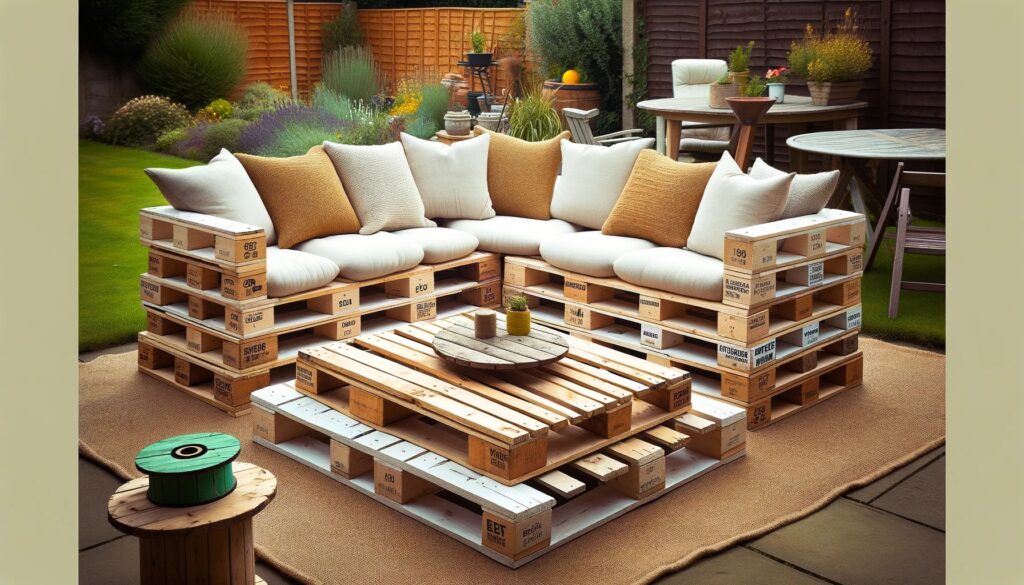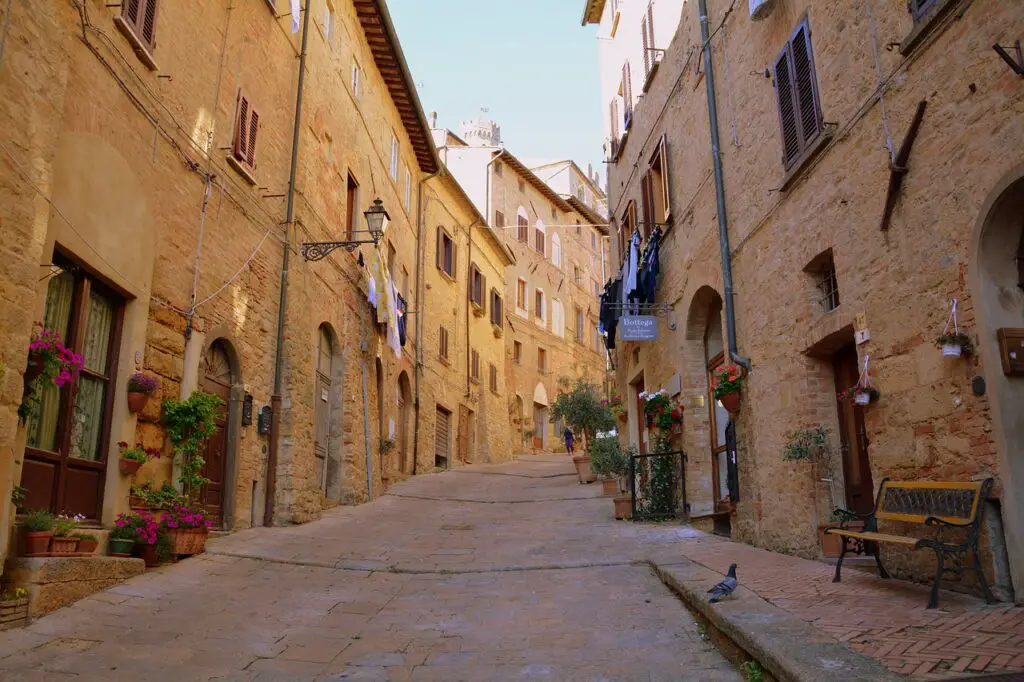For those looking to purchase an affordable home in the countryside, the appeal often lies in the tranquility, open space, and slower pace of life. But what if your dream rural home could also be a savvy investment? One of the most intriguing opportunities for buyers looking for budget-friendly properties is the potential to be living near vineyards or wineries. These unique locations, steeped in both beauty and tradition, offer more than just picturesque views — they could also be key to increasing the value of your property over time.
Here’s why living near vineyards can be an investment-worthy decision.
1. Proximity to Vineyards Adds Desirability
Vineyard regions have a certain allure, attracting tourists, wine enthusiasts, and even future developers. A home near a winery offers a lifestyle many people are willing to pay a premium for. Buyers looking for second homes or retirement properties often find vineyard-adjacent locations appealing because of the blend of natural beauty and accessibility to local culture and wine tourism. As demand increases for properties in these areas, the value of your home can naturally rise.

2. Tourism Can Boost Local Economies and Property Values
The wine industry is a thriving part of the global tourism sector, and many vineyard areas become popular travel destinations. Increased tourism can fuel local economies, leading to infrastructure improvements, new businesses, and enhanced community services. Over time, these changes make an area more desirable to live in, which can translate into an increase in property values. As wineries attract more visitors, home values in the vicinity are likely to follow suit, benefitting property owners.
3. Potential for Rental Income
For homeowners looking to maximize their investment, a property near a winery can also serve as a lucrative short-term rental. With wine tours, events, and harvest festivals drawing in large numbers of tourists, demand for nearby vacation rentals can spike during certain times of the year. By purchasing a home in such a location, you may find opportunities to capitalize on this by offering your property as a short-term rental. Like this you are creating an additional income stream, and increasing the overall value of the property as an investment.
4. Future Development Potential
Vineyard areas often have a limited amount of available land, especially in highly sought-after regions. As more wineries emerge or expand, the surrounding land becomes more valuable, creating development potential. Should your property sit near an expanding wine region, the value of your land could appreciate as developers or wine businesses seek out new locations. Even if you don’t plan to sell immediately, the long-term investment prospects could be significant.
5. Vineyard Proximity May Encourage Sustainability Initiatives
Living near vineyards means being close to areas that often embrace environmentally sustainable practices. Wineries frequently use organic farming techniques, renewable energy, and conservation methods to protect the land. These sustainable initiatives may enhance the overall quality of life in the area. Also, attracting environmentally conscious buyers can positively impact property prices. Furthermore, homes near vineyards that adopt green practices may become more desirable in the future, adding to their value.
6. The Wine Region Lifestyle
In addition to the financial benefits, living near a vineyard offers an unparalleled lifestyle. Imagine waking up each morning to views of sprawling vineyards, attending wine tastings at local wineries, and being part of a tight-knit community that values agriculture, nature, and tradition. This lifestyle can enhance your property’s marketability. When it comes time to sell it´ll look great, particularly to buyers seeking a unique and enriching living experience. The charm and prestige associated with wine regions can significantly elevate the appeal and value of your home.
For those considering purchasing a home in a rural area, looking into properties near vineyards or wineries may be a smart move. Not only do these homes offer an exceptional quality of life, but also have the potential to increase in value. From tourism-driven demand to development opportunities, investing in a home in wine country could prove to be a rewarding decision.
Whether you’re looking to live the wine country dream investing in vineyard real estate or simply make a wise investment, the possibilities are endless.

